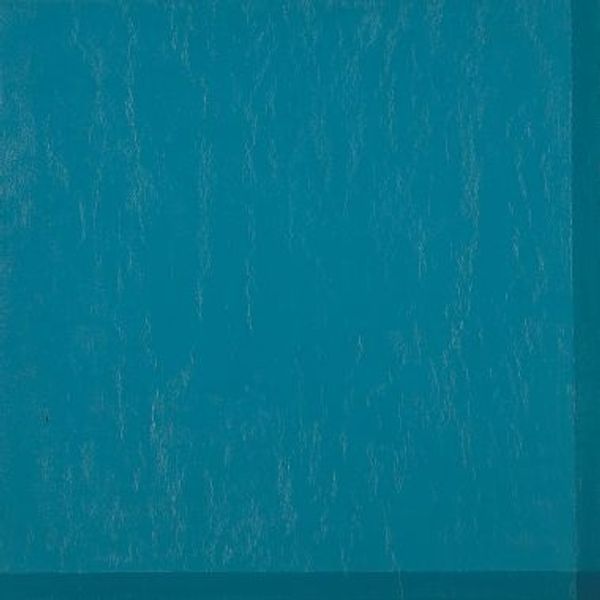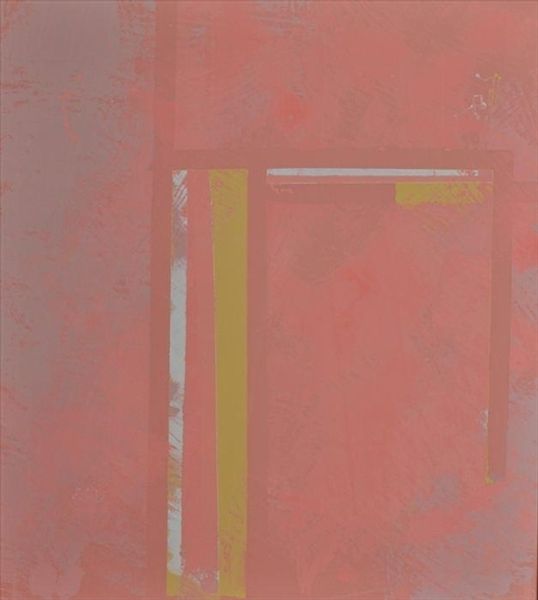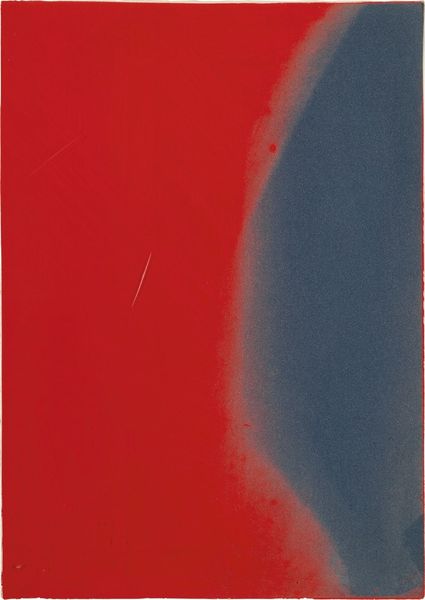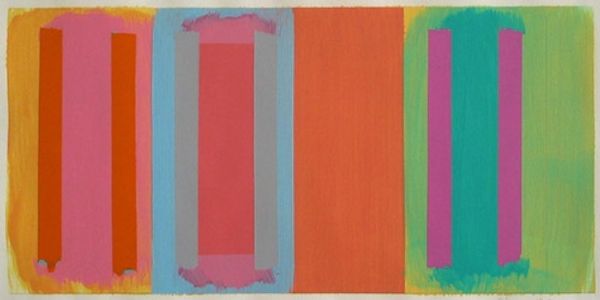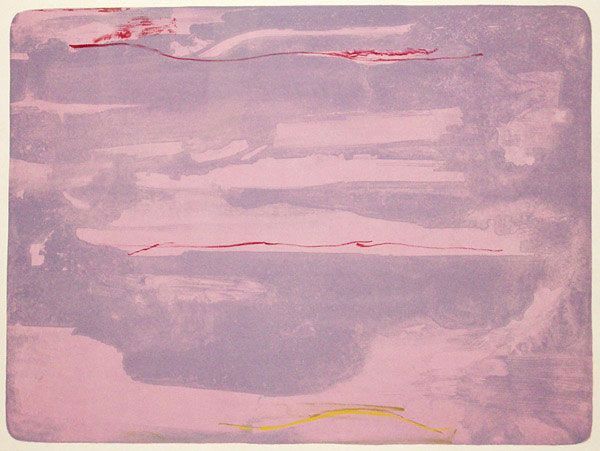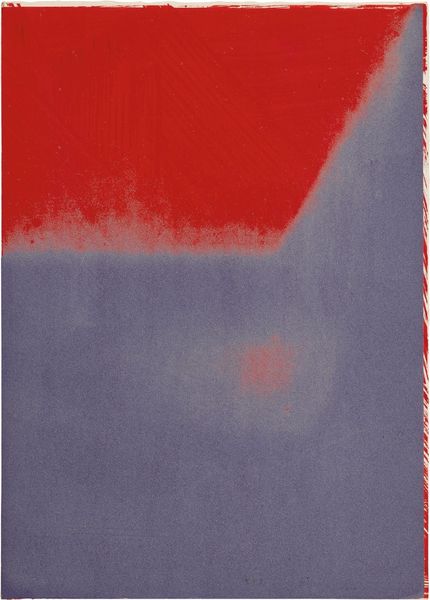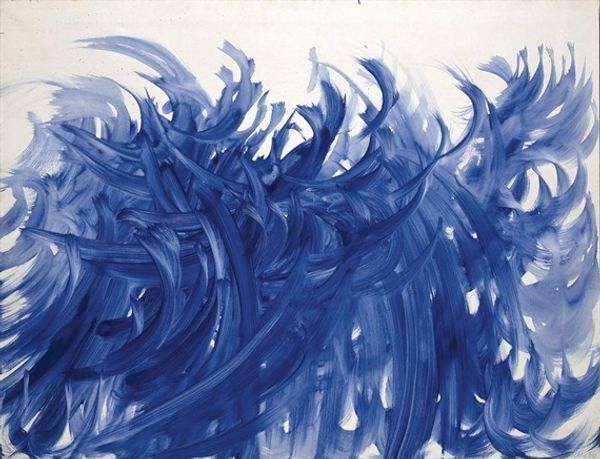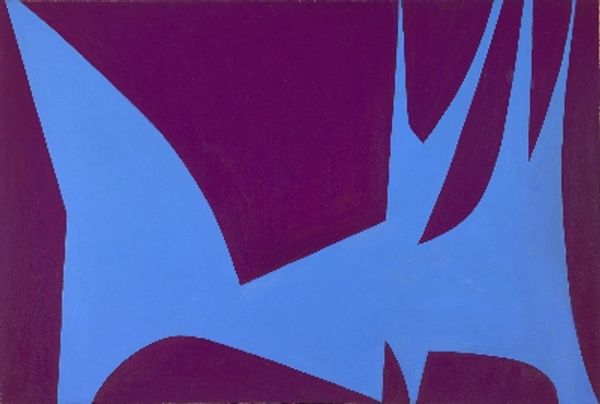
Copyright: Robert Goodnough,Fair Use
Curator: Here we have Robert Goodnough’s "Untitled (Blue, Red)," created in 1973, a beautiful example of his work with acrylic and ink. It embodies elements of Hard-Edge Painting, stemming from movements in modernism. Editor: Wow, it’s so simple yet arresting. My first thought is, does it look like scattered playing cards, caught mid-air on a gust of wind? Or maybe fractured ice floes…a visual haiku almost. Curator: I appreciate that observation! The composition evokes those feelings precisely. If you consider its socio-historical moment, the abstract forms challenge the traditional figure-ground relationship, destabilizing conventional perspectives dominant throughout art history. We could even argue it deconstructs patriarchal modes of viewing, freeing itself from imposed hierarchical structures. Editor: See, I wouldn’t have gotten that from just looking! But I can kinda see it. You intellectualize what feels like instinct, and then it adds a new layer of fascination! I keep looking for familiar shapes in the cluster, hoping to organize the picture somehow but it’s really an exploration of form and the limits of legibility. Curator: Right! And its positioning in our collection becomes critical. How do we contextualize non-representational abstraction? It enters a dialogue, then, with concurrent movements questioning identity, race, gender, offering abstraction as a form of…escape? Editor: Escape, yeah. Like opening a window in your mind, instead of, say, making a representational landscape. I am really enjoying the unexpected brightness against the salmon pink ground; it makes those blue forms positively *pop*. I feel a sense of lightness, like simple joys and new possibilities are about to emerge. Curator: The vibrancy of color creates emotional resonances, which underscores the subjective, felt experiences intrinsic to this particular period in art-making. I also believe in its power to inspire conversations surrounding the political impact of aesthetics…it could, ultimately, catalyze change. Editor: Yes! And in some strange way, viewing art is like getting new glasses, to see a better future in this skewed vision, and feel some new kind of hope about it all. Thank you. Curator: Thank *you*. It's this kind of cross-disciplinary reflection that makes engaging with art so crucial today.
Comments
No comments
Be the first to comment and join the conversation on the ultimate creative platform.
